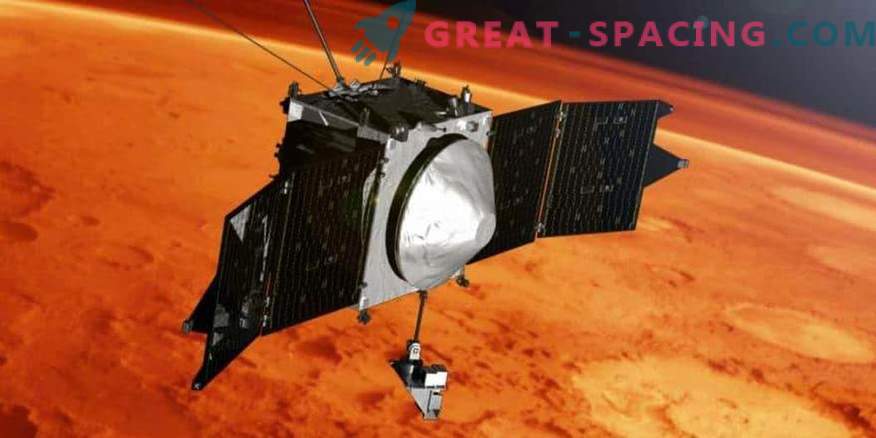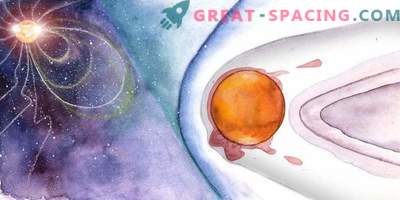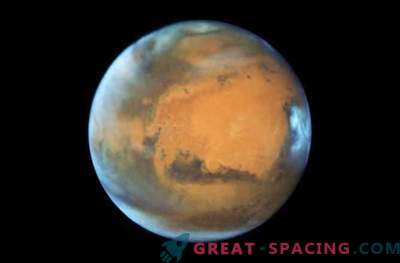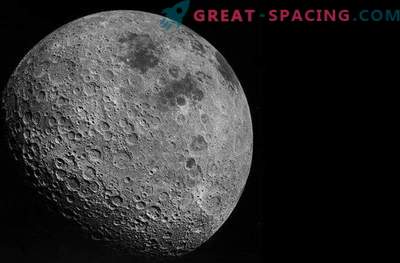
On June 17, NASA’s MAVEN will celebrate a thousand Earth days in Martian orbit. The device started in November 2013 and went into orbit in September 2014. Its task is to explore the atmosphere. MAVEN helps to understand the process of destruction of the atmospheric layer by the Sun. During this time, the device has made many interesting discoveries, the best of which we consider in the top ten:
- Gaseous nitric oxide and ozone behave differently than scientists believed. They demonstrate the dynamic processes of gas exchange between the lower and upper atmosphere.
- Some parts of the solar wind can penetrate into the depths of the upper atmosphere and are not repelled by the ionosphere of the planet. This leads to chemical reactions, where particles are transformed into neutral atoms, penetrating even deeper.
- The device directly tracked a layer of metal ions in the ionosphere created by interplanetary dust that had entered the atmosphere. This layer has always been, but it was possible to consider it in detail only with a close approach in 2014.
- Two new aurora varieties have been discovered: diffuse and proton. They have no connection with global or local magnetic fields.
- These auroras are created by the arrival of solar particles emitted during star storms. When they come into contact with the Martian atmosphere, they are able to increase the rate of gas release into space by 10 or more times.
- Contact between the planet and the solar wind seems unusually difficult. The fact is that Mars is deprived of its magnetic field and the formation of regions with magnetized crust can affect the incoming solar wind. As a result, we get the magnetosphere, which does not look uniform, but lumpy.
- MAVEN was able to track seasonal changes in hydrogen in the upper atmospheric layers. Scientists have confirmed that during the year it fluctuates 10 times. The source is water in the lower layer, divided into hydrogen and oxygen.
- The apparatus measured isotopes in the upper atmospheric layer to calculate how much gas the planet lost. It is believed that this number reaches 2/3 of the original.
- MAVEN was able to measure the speed at which the solar wind pulls gas from the upper atmospheric layer. If you go back in time, you can see that there was a lot more gas.
- The Martian atmosphere was “torn out” by a star and its wind, due to which the climate radically changed.
MAVEN is set to determine exactly how gas loss affected climate change.











































